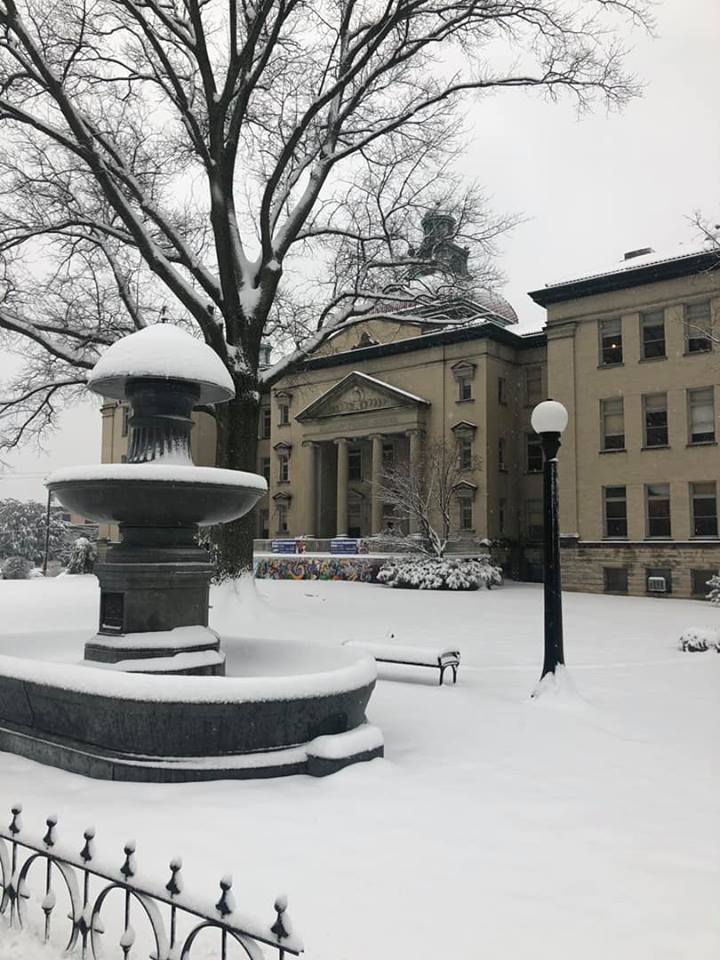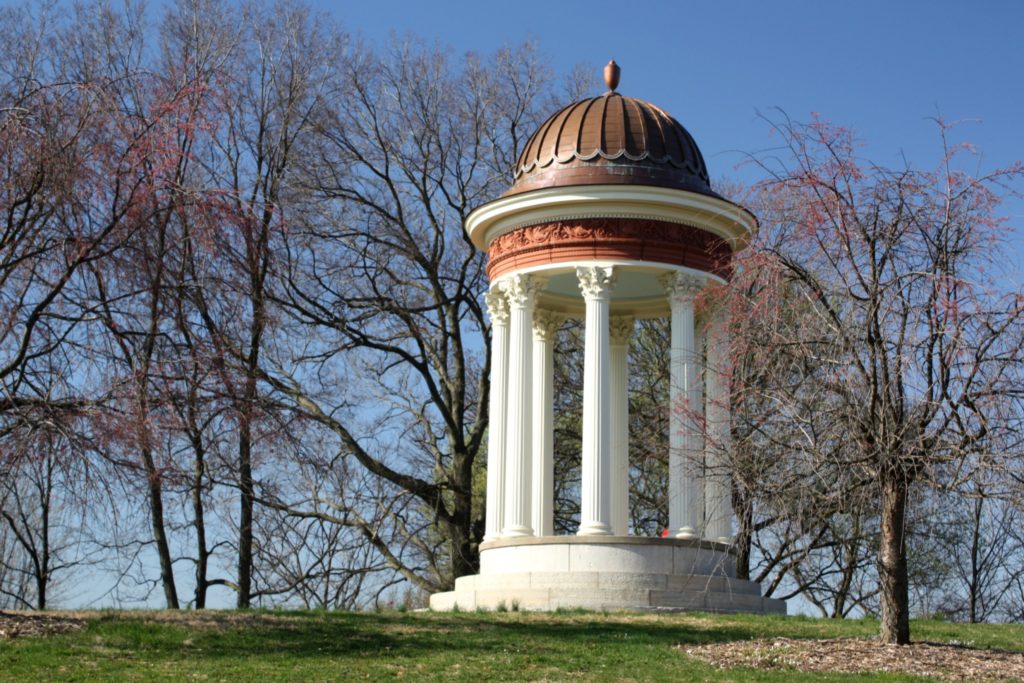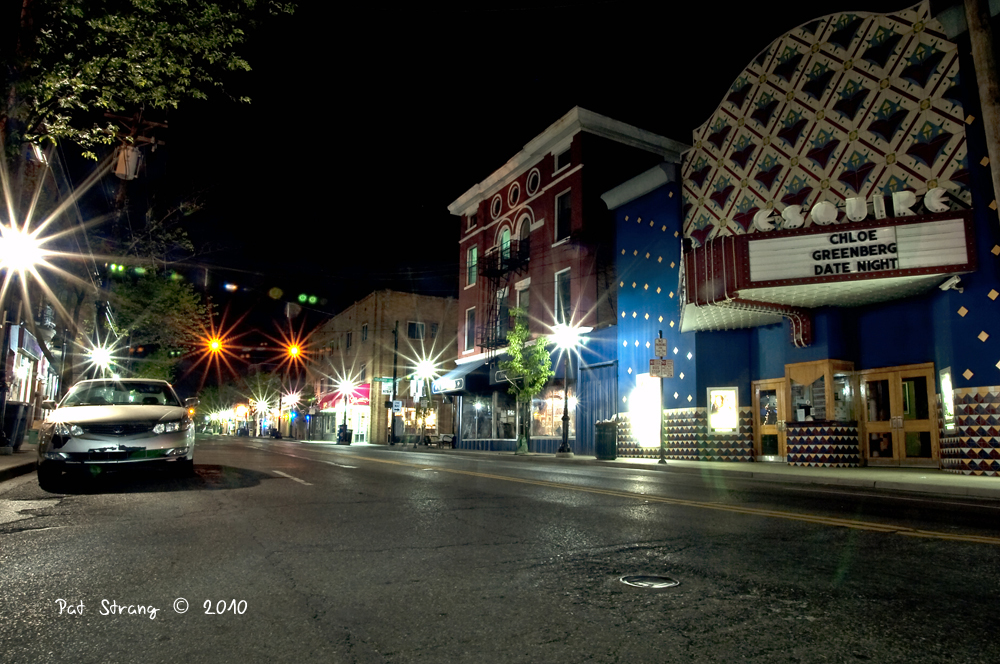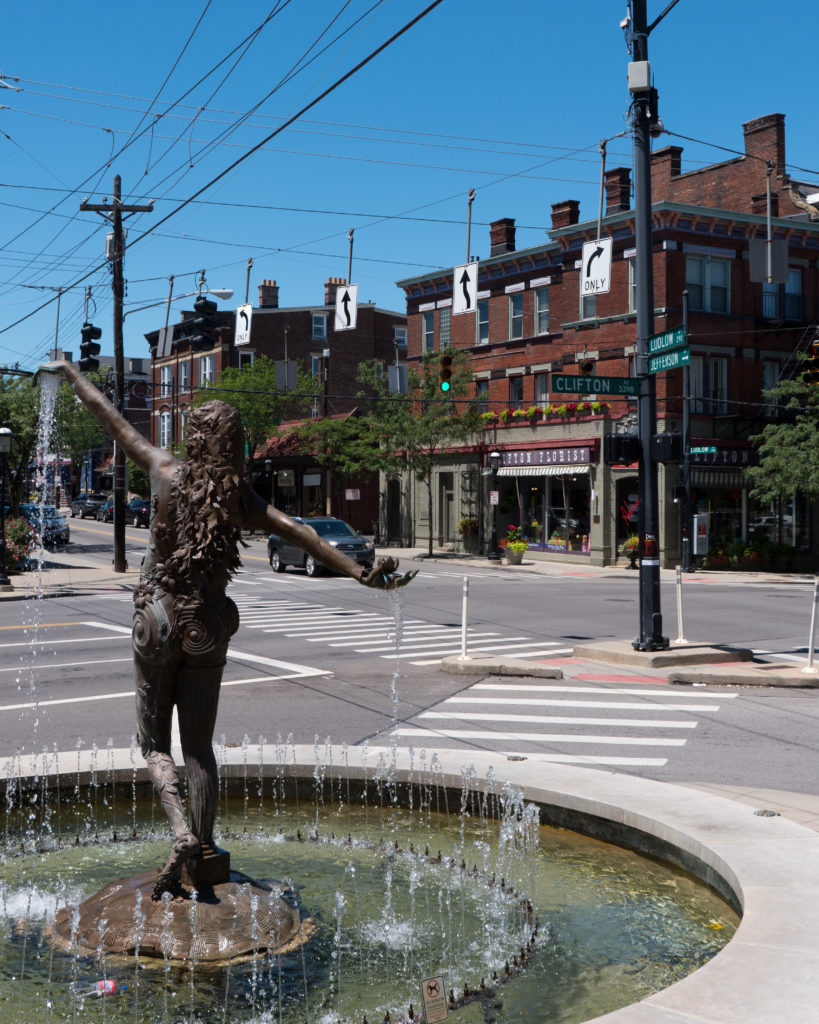Clifton: Historic, Walkable, Eclectic
Living in Clifton
Located in the center of the City of Cincinnati, just 9 minutes from downtown, Clifton is a village-like community of quiet tree-lined, residential streets flanked by historic homes and mansions. Residents of Clifton are a mingling of students, educators, artists, professionals, and families.
Clifton bears close proximity to the the University of Cincinnati, and several leading medical centers. Residents enjoy easy access to all cultural, sporting, and entertainment facilities in the area. Uniquely lacking in strip malls and franchise stores, Ludlow Avenue is the heartthrob of the community with a collection of shops and restaurants, as well as Cincinnati’s only surviving art theater. There are beautiful public parks and gardens in Clifton: Mt. Storm Park, Burnet Woods, and Rawson Nature Preserve. There are 14 houses of worship within the Clifton area.
Eclectic, artistic, diverse, historic, cosmopolitan, bohemian … all are words used to describe Clifton. Easily a great place to live and visit.
Clifton History by Zane Miller
The proliferation of suburbs as respectable places in which to live began in the mid-19th century(before then suburbs had been known as slums, sub-urbane, uncivilized). Clifton ranked as one of Cincinnati’s first such places and it soon acquired an international reputation as one of America’s premier and ritziest outlying areas. Clifton Fountain
Incorporated as a village in 1850, its silk-stocking image belied the unacknowledged diversity of its population and its sub-districts. Mansions on large estates dominated its northern portion, especially along Lafayette Avenue (the “Avenue of the Barons”), but by the late 19th century a denser settlement pattern had taken root in its southern half and flanked both sides of its fledgling neighborhood business district along Ludlow Avenue on either side of its juncture with Clifton Avenue.
The city of Cincinnati annexed Clifton in 1896, despite some fear among Cliftonites that this step might transform the elegant suburb into just another crowded city neighborhood, or worse. This did not happen.
The division of Clifton into a north and south side narrowed but persisted. The establishment at the turn of the century of the campus of the University of Cincinnati in adjacent Burnet Woods Park, and the presence of the Sacred Heart Academy in Clifton and of Hebrew Union College near the University endowed Clifton with a new reputation as an academic enclave, similar to Cambridge in the Boston area, Hyde Park in Chicago, and Forest Park in St. Louis. This identity endured into the 21st century as the growth of Cincinnati yielded new and very different suburbs farther out.
Many Cliftonites now thought of their locale as an “in-city suburb” distinctive for its chic yet historic ambiance and for its mixture of varied religious, racial, ethnic and occupational lifestyles. In contrast to its elite mid-19th century days, Clifton’s boosters now tout its mix of people and the neighborhood’s eclectic architecture and cityscapes as its chief defining marks.
For more on Clifton’s past see Zane L. Miller, Vision of Place: The City, Neighborhood, Suburbs, and Cincinnati’s Clifton, 1850-2000 (Columbus: Ohio State University Press, 2001).




